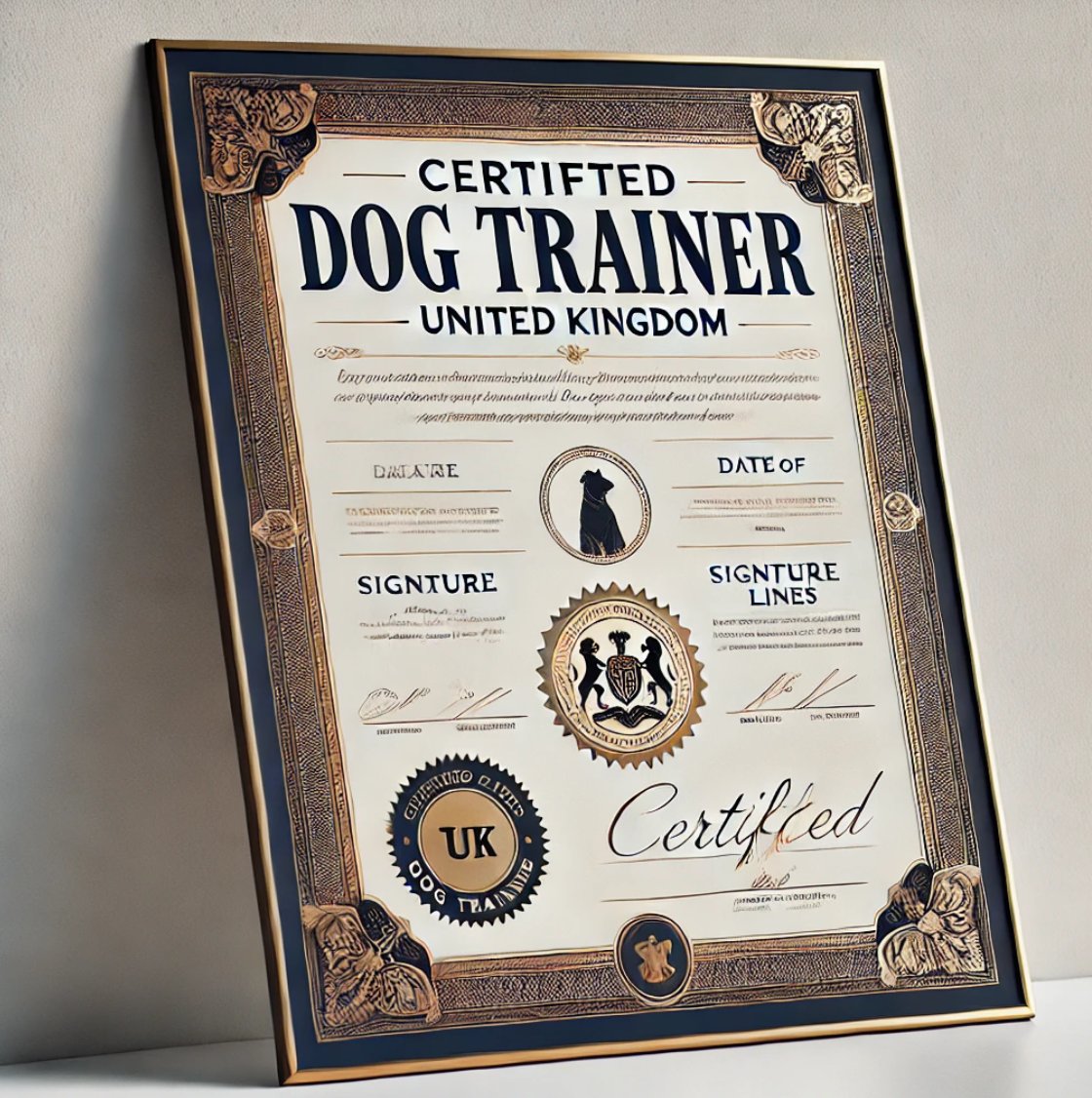Training a dog is both a science and an art. Over the years, UK professionals have experimented with different methods to create a positive, effective, and humane approach to teaching dogs. Among these techniques, clicker training has become one of the most popular worldwide.
Simple, affordable, and highly effective, clicker training helps dogs understand exactly what behaviours are being rewarded. In this guide, we’ll explain what clicker training is, how it works, why professional trainers use it, and how you can start at home.
What Is Clicker Training?
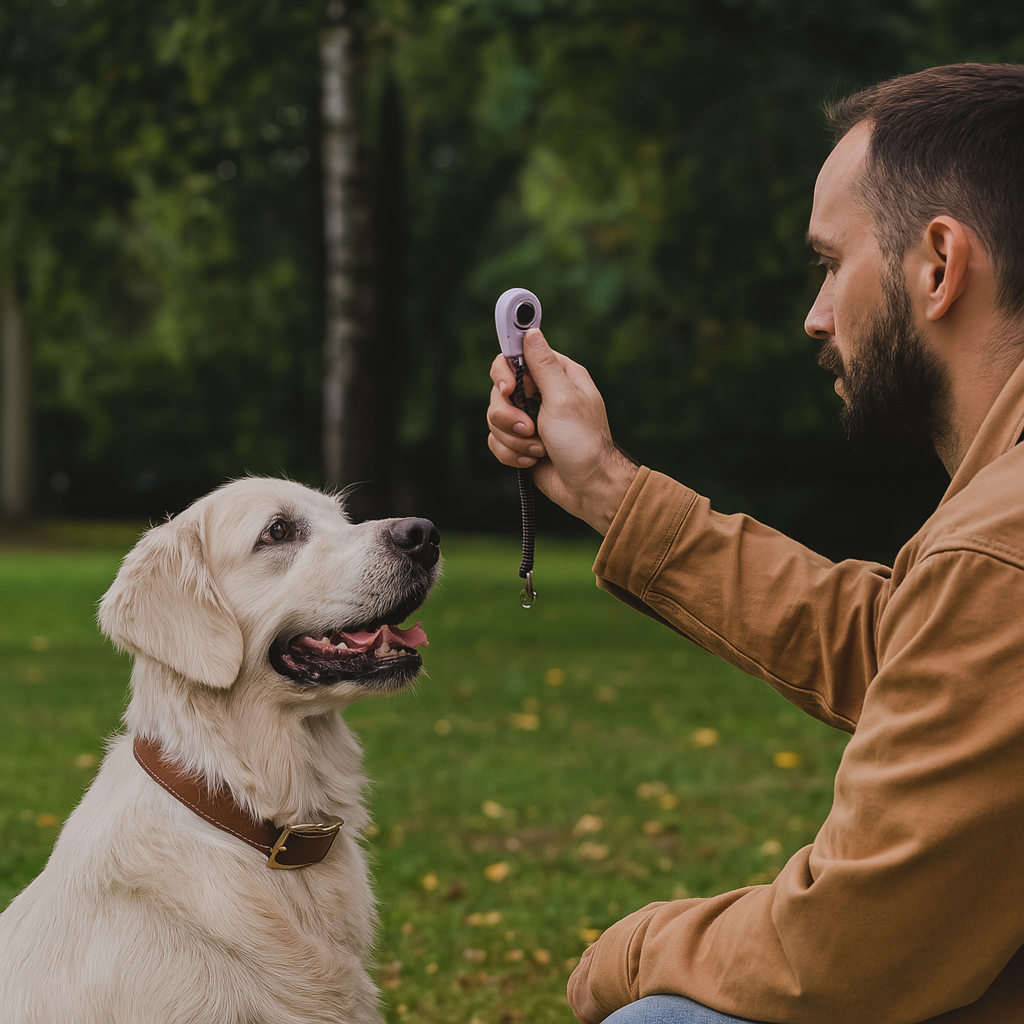
Clicker training is a form of positive reinforcement training that uses a small handheld device, the clicker, which makes a sharp, distinct sound when pressed.
The “click” acts as a marker — a signal that tells your dog the exact moment they did something right. For example:
Your dog sits. You press the clicker at the precise moment their bottom touches the ground. You follow the click with a reward, usually a treat or praise.
This creates a clear link in the dog’s mind: sit = click = treat.
Over time, the dog learns to repeat the desired behaviour because it reliably leads to rewards.
Why Use a Clicker Instead of Just Treats?
Many new owners wonder why they need a clicker at all when they could simply reward with food or praise. Here’s why professionals love it:
Precision – The click happens instantly, without delay. This helps dogs understand exactly which action earned the reward. Consistency – A click sounds the same every time. Human voices vary in tone, which can confuse dogs. Speed of learning – Dogs trained with a clicker tend to learn faster because of the clear communication. Versatility – A clicker can be used for everything from obedience commands to advanced tricks and even agility sports.
The Science Behind Clicker Training
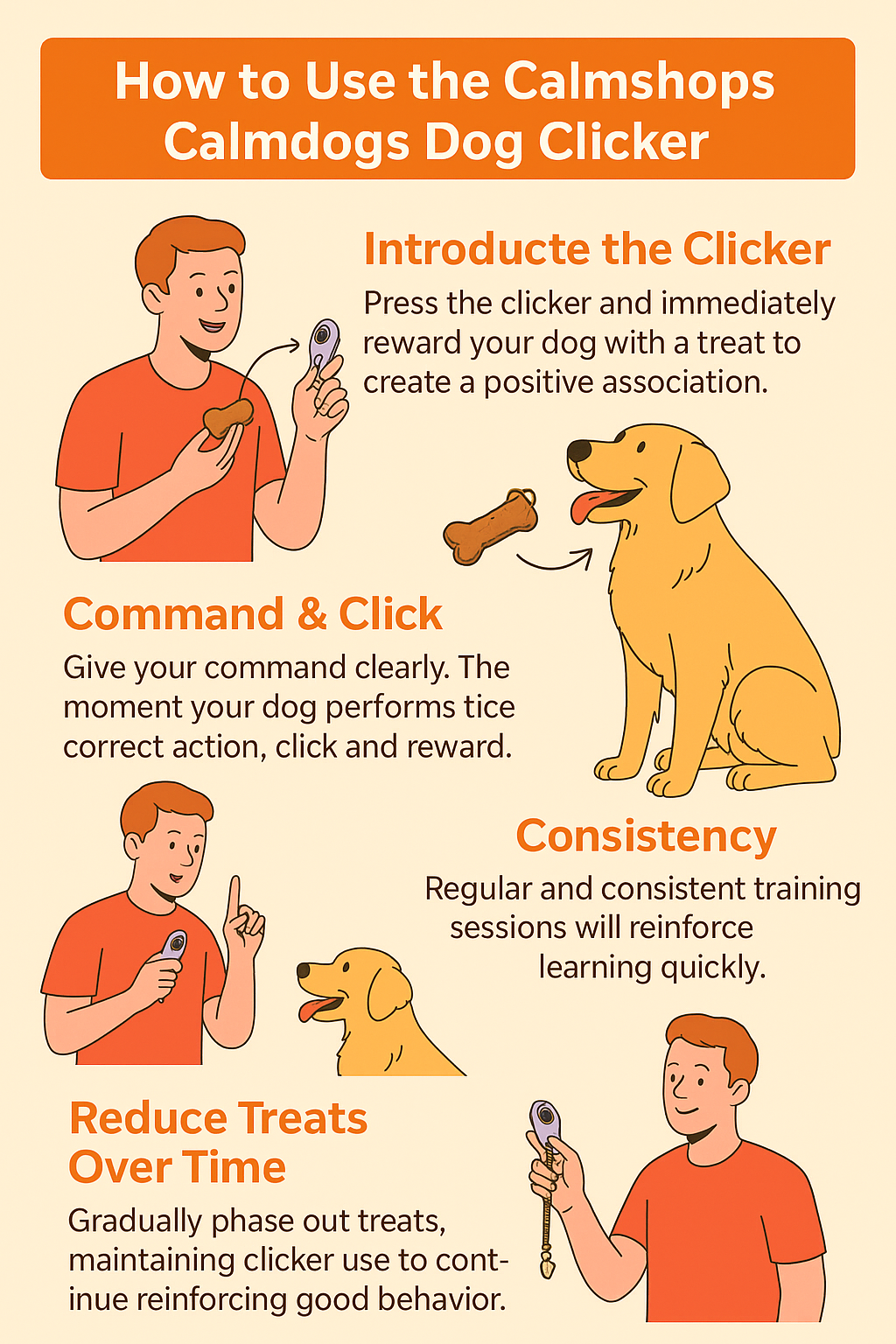
Clicker training works on the principle of operant conditioning — the same psychological theory used to teach many animals, from dolphins to parrots.
The “click” is a conditioned reinforcer:
At first, it means nothing to the dog. But once paired with a reward repeatedly, the dog learns that “click” = “good things happen.” Eventually, the sound alone becomes a powerful signal of success.
This allows trainers to capture behaviours with pinpoint accuracy, speeding up the learning process.
Step-by-Step: How to Start Clicker Training
Getting started is simple. All you need is a clicker and some small, tasty treats.
Step 1: Charge the Clicker
Sit with your dog. Press the clicker and immediately give a treat. Repeat 10–15 times. This teaches your dog that the click predicts a reward.
Step 2: Introduce a Simple Command
Choose a basic behaviour, like “sit.”
Wait for your dog to naturally sit, or gently lure them with a treat. The instant their bottom touches the ground, click. Reward immediately.
Step 3: Repeat and Reinforce
With consistency, your dog will learn that sitting makes the click (and treat) happen.
Step 4: Add Verbal Cues
Once your dog reliably sits, add the word “sit” right before they perform the action. Soon, they’ll connect the command with the behaviour.
When to Use Clicker Training
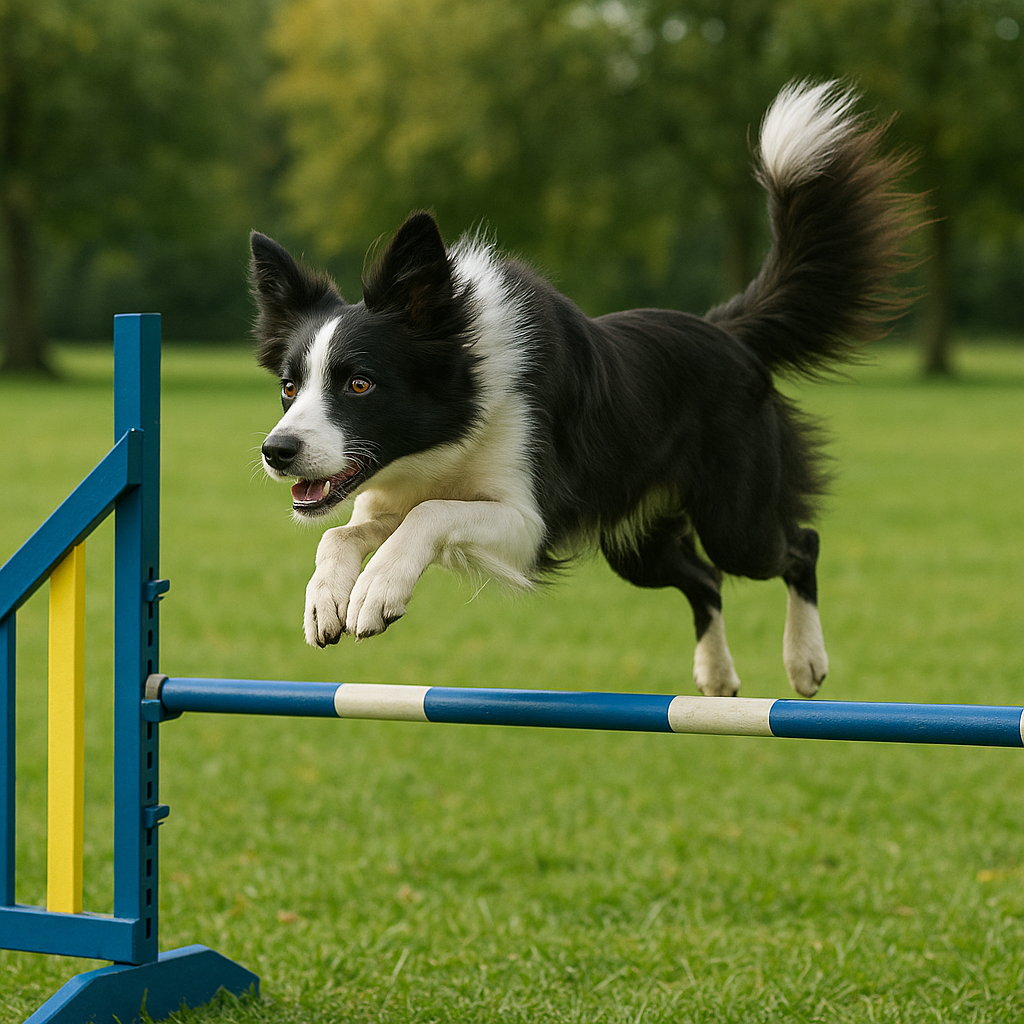
Clicker training is incredibly versatile. UK professionals use it for:
Basic obedience (sit, stay, come, down) Leash manners (walking without pulling) Trick training (roll over, shake paw, spin) Agility and sports (jumping hurdles, weaving poles) Behaviour shaping (helping shy or anxious dogs build confidence)
It’s especially effective with puppies because it builds a positive learning foundation early on.
Common Mistakes to Avoid
While clicker training is simple, there are a few pitfalls to avoid:
Clicking too late – Timing is everything. A late click can reinforce the wrong behaviour.
Forgetting to reward – Always follow a click with a treat, especially in the early stages. Otherwise, the click loses its meaning.
Overusing the clicker – Use it for teaching new behaviours, not for things your dog already knows. Once a behaviour is mastered, you can fade the clicker out.
Why UK Trainers Love Clicker Training
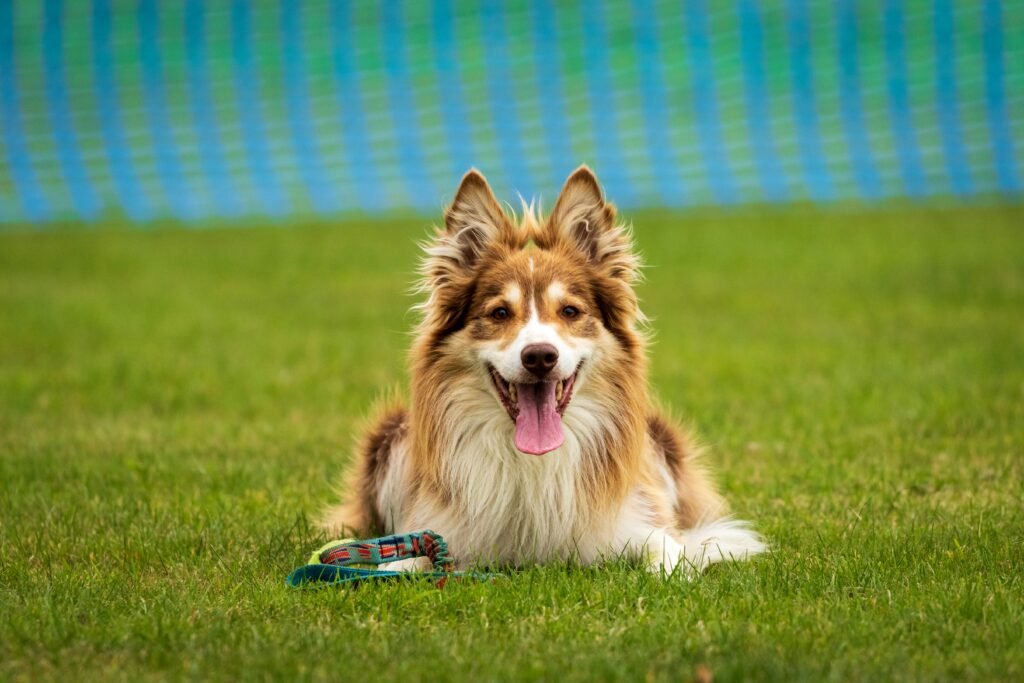
Across the UK, clicker training has become a staple among professionals because it is:
Humane – No force, fear, or punishment involved. Effective – Speeds up the learning process. Accessible – Affordable and easy for owners to use at home. Fun – Dogs enjoy training because it’s like a game.
Many UK trainers recommend it for first-time dog owners because it encourages clear communication and a stronger bond.
Which Clicker Should You Use?
Clickers are inexpensive and widely available, but choosing a durable, easy-to-use one makes the experience smoother. A popular choice among UK dog owners is the Dog Training Clicker with Wrist Strap from Calmshops.
It’s comfortable to hold, reliable, and comes with a handy strap so you won’t lose it mid-training session. Pair it with your dog’s favourite treats, and you’ll be amazed at how quickly they pick up new skills.
Final Thoughts
Clicker training isn’t just another fad — it’s a proven, science-backed method used by professionals across the UK. By marking the exact moment your dog does something right, you give them clarity and confidence, making training faster, more enjoyable, and more effective.
Whether you’re teaching a puppy to sit, a rescue dog to trust, or an energetic breed to focus, the clicker can be your most powerful training tool.
With patience, consistency, and the right approach, you’ll discover that clicker training is more than just teaching commands — it’s about building a lifelong bond with your dog.


